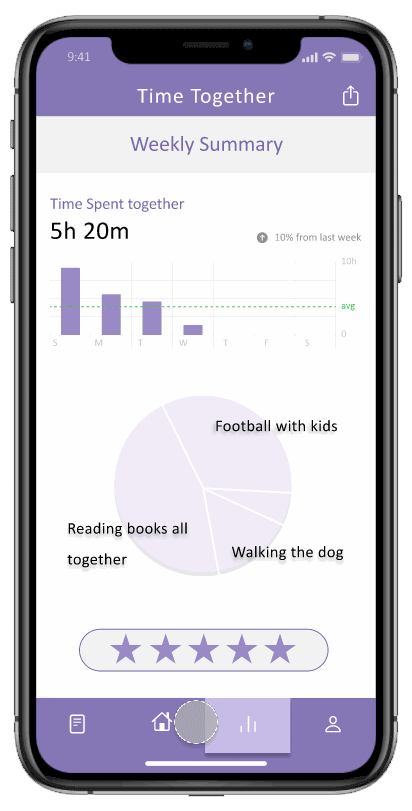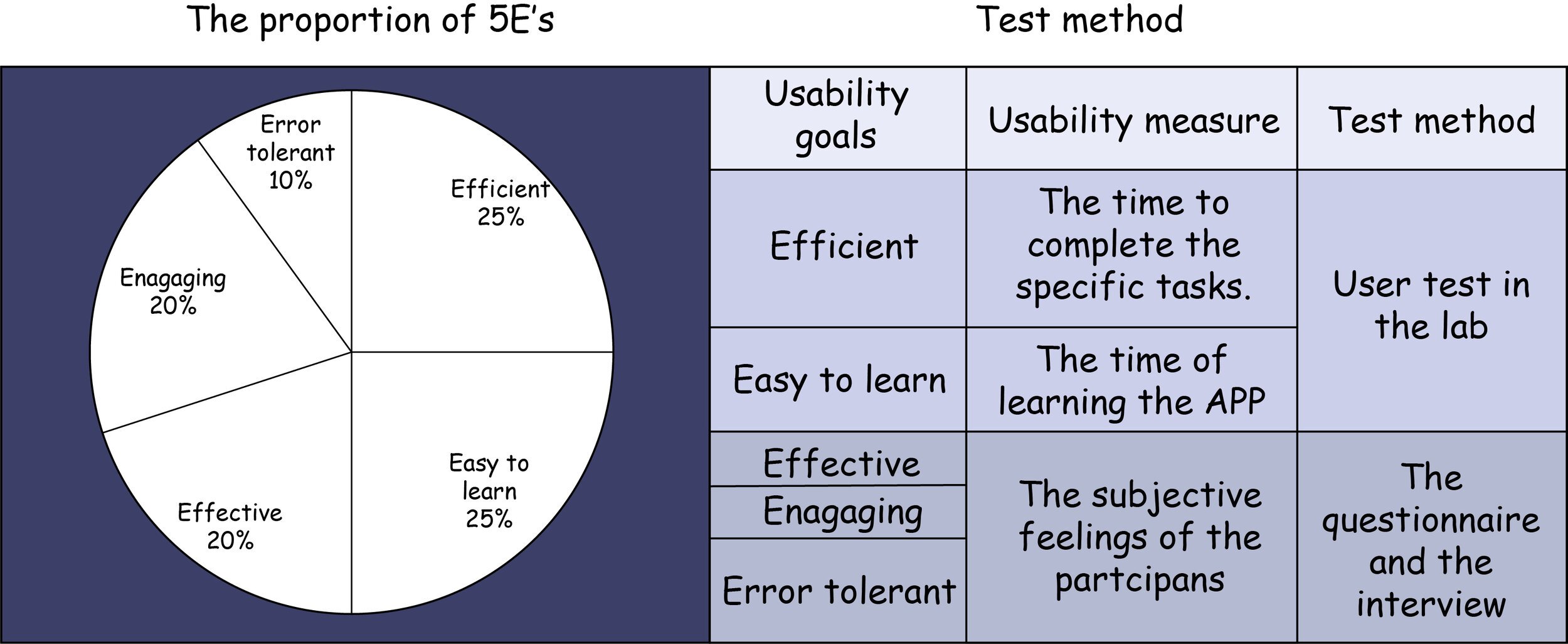
FamilyCal
A schedule management app helping parents manage family plans.
Overview
As the pace of life in the cities grows ever faster, new parents are undergoing a more difficult time when raising their children, especially when parents are busy with their work and attach great importance to children's education.
Therefore, we designed a schedule management APP for parents and their kids to help them plan for family activities while forming good habits of scheduling.
Group Project
My Role: UX Designer & UX Researcher
Duration: 4 Months
Context: Modern Human Factors Course Project
Methods: Interview, Competitor Analysis, Think-aloud, Storyboarding, Prototyping, Heuristic Evaluation, Usability Test
Design Outcome
Schedules View
FamilyCal displays schedules by participant or weekend views, with a TaskList for edits and updates. It includes a special study schedule feature for children’s academic plans.
Create Schedules
FamilyCal's key feature is a unified calendar where users can quickly create and view the whole family's schedule in one place, with a simple click on the desired time.
Share Achievement
FamilyCal tallies family gathering stats for sharing on social platforms, fostering family connection. Users can personalize schedule colors and edit family member profiles, too.
Process overview
Why aim at family schedules?
Creating a warm family environment and building good habits early on is key for kids' growth and success.
Lately, school life in China has gotten tougher, with more homework and activities needing parents' help. But with parents caught up in work, there's not much time left for the kids. This lack of family support can slow down a child's growth, a worry that's gotten bigger with the two-child policy.
We aim at helping kids build good habits, making things easier for parents, and encouraging families to talk more and grow closer.
Street Interviews: Exploring Parenting Experiences and Concerns
We interviewed 12 people from 24 to 46 to investigate their experience of raising children and their concerns.
• They are parents with children from 0 to 12 years old.
• 6 of them are young parents who is to raise a kid for the first time. Others are middle-aged parents who have a second child.
• 8 of them are familiar with electronic products and all kinds of social software.
• 9 of them have stable jobs, and may be busy with their work.
• 9 of them attach great significance to the education of their children.
Time Management: Insights from Interviews and Competitor Analysis
We conducted interviews with new parents to understand their usage patterns and preferences for time management apps and also summarized the most popular time management apps in China. Based on the interviews and competitor analysis, we found that:
Even within the same application, users may have varied objectives, activities, and habits.
For instance, while most of our interviewees utilize the "Forest" app to minimize phone usage, one member also uses it to collect an assortment of beautiful trees.
The specific goals of different users can influence their choice of apps.
For example, Member 4 uses "iHour" to track the time spent on various activities and relies on a schedule book to keep track of her tasks.
Findings
Deadlines are crucial for parents.
They often manage their time more actively as deadlines approach. This suggests that a product designed to manage time-based on task deadlines could be very effective.
Simplicity is key.
Users prefer functions that are straightforward and well-executed. Overloading an app with too many features, especially if some are not useful, can lead to confusion.
User Requirements
1. Set up family activities to strengthen family bonds.
2. Schedule family work and study routines.
3. Assist parents in organizing and managing school tasks.
4. Support kids in managing their schoolwork and building responsibility.
5. Track and show data on family time, study hours, and work schedules.
How might we help busy parents arrange family activities by building an effective schedule management system?
Ideation
Storyboards
Task Design
Prototyping
Low-fi Prototype and Heuristic Evaluation
According to the Heuristic Evaluation Reports given by another group of designers, we iterated our design and rebuilt the information architecture.
Mid-fi Prototype
Usability Test
The major usability goals for our project are having users manage their family schedules efficiently and comprehensively to enjoy themselves. So we set the proportion of the 5E’s as follows:
We had 5 subjects take the user test. All of them finished the lab test, the questionnaire and the interview in order. The results are as follows:
Most participants completed the task in under a minute, indicating the app's efficiency for users who are familiar with it. According to interview results, all participants found the task easy to understand and complete.
Takeaways
Research's Value
I used a mix of methods to understand our target users. Interviewing parents helped us match tasks to their actual needs and ways of thinking. Working on this project showed me the real deal about user research — it's not just about building something solid, it’s about making something that fits into people’s lives.
Team Collaboration
My 4-month team project was a standout experience. Regular brainstorming sessions with my diverse team sharpened my ideas through valuable feedback. I mainly focused on design and research.
















